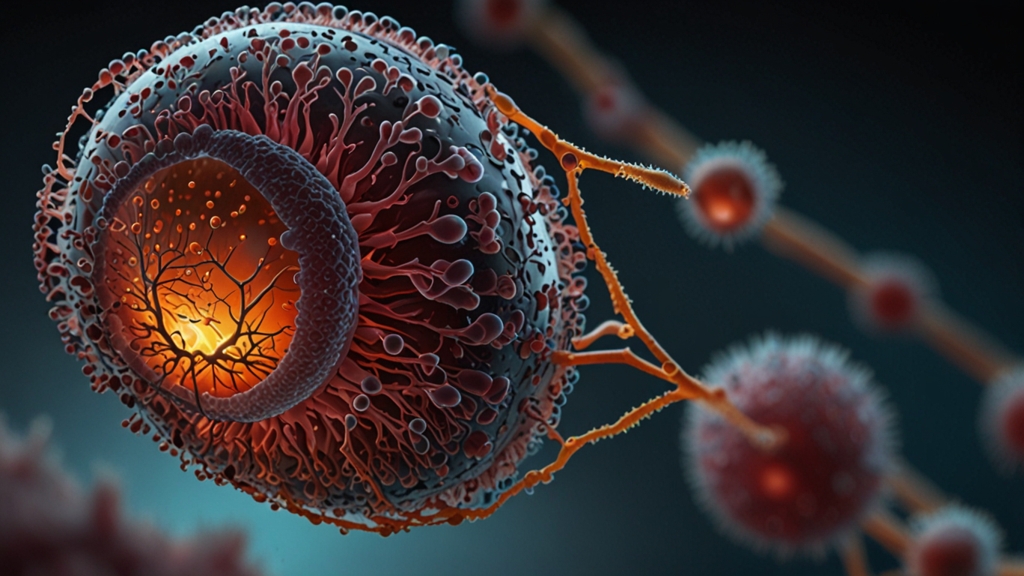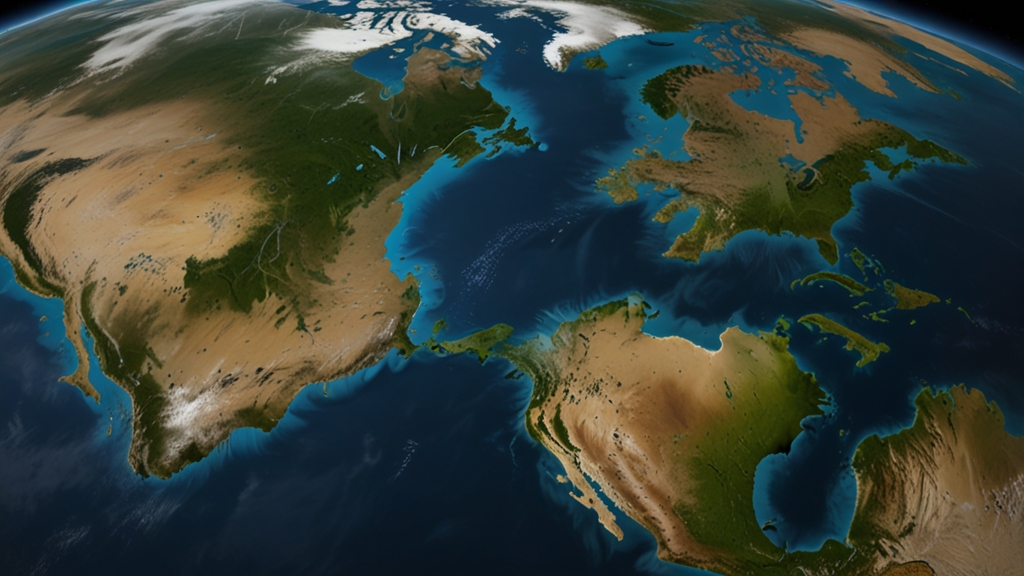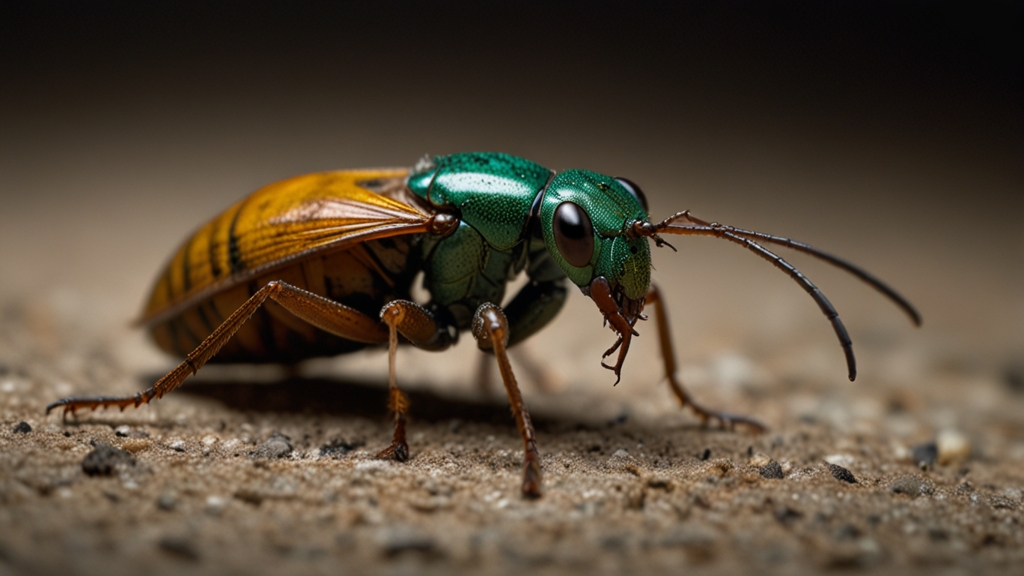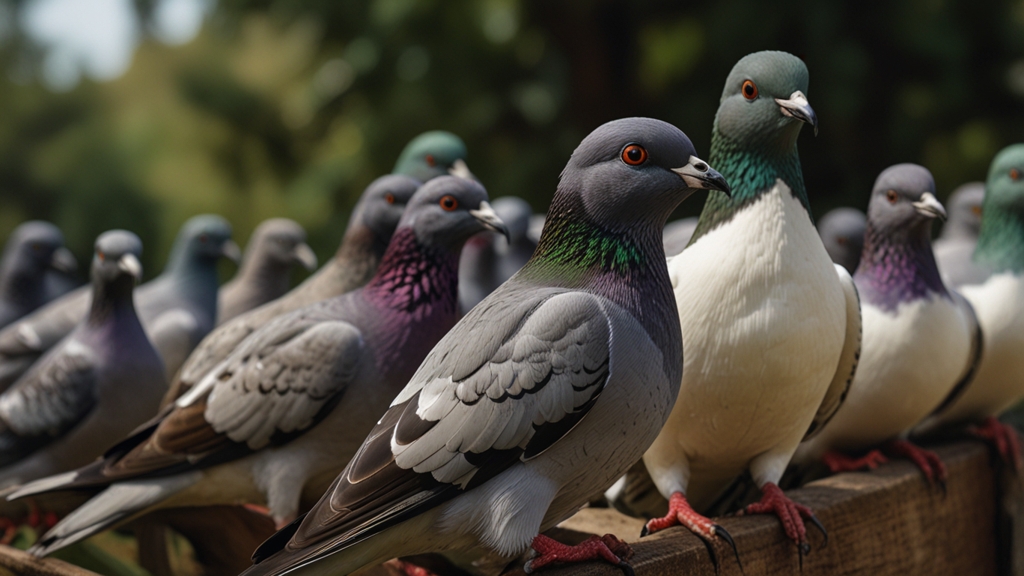The Unseen World: Micro Marine Life That Hides in Plain Sight
When we think about the ocean, our minds often drift to visions of majestic whales breaching the surface, playful dolphins dancing through waves, or the vibrant spectacle of coral reefs teeming with colorful fish. However, there is an unseen world beneath the surface that is equally captivating and essential to marine ecosystems—micro marine life.
Unveiling the Microscopic Frontier
Micro marine life encompasses a variety of organisms too small to be seen with the naked eye, including plankton, bacteria, viruses, and tiny crustaceans. These minuscule entities form the backbone of marine food webs and play critical roles in nutrient cycling, carbon storage, and overall ocean health.
The Role of Plankton
Plankton, which includes both phytoplankton and zooplankton, is the lifeblood of marine ecosystems. Phytoplankton, akin to terrestrial plants, convert sunlight into energy through photosynthesis. They produce approximately half of the world’s oxygen, making them indispensable not only to marine life but also to terrestrial organisms, including humans.
“Phytoplankton are the lungs of our planet, producing more oxygen than all the world’s forests combined,” says Dr. Sylvia Earle, marine biologist and oceanographer.
Zooplankton, on the other hand, are tiny animals that feed on phytoplankton, and in turn, become food for larger marine creatures. This delicate balance forms the foundation of oceanic food chains, ultimately sustaining the abundance of marine life we are more familiar with.
Bacteria: The Unsung Heroes
Marine bacteria might be small, but they have a colossal impact on the ocean’s biogeochemical cycles. These microorganisms break down organic matter, recycling nutrients and enabling the constant renewal of life in marine environments. Essential processes, such as the nitrogen and sulfur cycles, depend heavily on bacterial activity.
“Without marine bacteria, the oceans would be littered with debris, and life as we know it would be impossible,” notes Dr. Paul Falkowski, a renowned biological oceanographer.
Moreover, recent research has revealed that marine bacteria play a significant role in mitigating climate change. Certain bacteria can consume methane, a potent greenhouse gas, reducing its concentration in the atmosphere and thus mitigating its impact on global warming.
The Enigmatic Viruses
Often perceived merely as agents of disease, marine viruses are pivotal players in the oceanic ecosystem. These entities act as a natural regulatory mechanism, controlling bacterial populations and influencing nutrient cycles. Viral infections of phytoplankton can cause the release of cellular contents into the environment, providing a sudden influx of nutrients that sustains other microorganisms in what is known as the "viral shunt."
Furthermore, viruses contribute to genetic diversity by facilitating horizontal gene transfer. This genetic exchange can lead to rapid adaptations, supporting the resilience of marine ecosystems in the face of environmental changes.
Tiny Crustaceans: The Invisible Movers
Small crustaceans like copepods and krill may be less than a few millimeters long, but they have an outsized effect on the marine environment. They are key prey items for many larger species, including fish, whales, and seabirds. By grazing on phytoplankton and being preyed upon by larger animals, these tiny crustaceans act as crucial intermediaries, transferring energy up the food chain.
Their presence also influences the ocean’s biological pump—a process where carbon is transported from the surface ocean to the deep sea. When these organisms consume phytoplankton, they convert the carbon into fecal pellets that sink rapidly, sequestering carbon in the deep ocean and thus playing a role in regulating the Earth's climate.
Conclusion
The bustling microcosm of marine life that goes unnoticed by the casual observer is fundamental to the functioning of marine ecosystems and the health of our planet. From the life-giving oxygen produced by phytoplankton to the climate-regulating activities of bacteria and viruses, these tiny beings perform mighty roles. Appreciating and understanding this hidden world opens new avenues for conserving the oceans and addressing global environmental challenges.
As our knowledge deepens, the unseen world of micro marine life may offer solutions to some of the most pressing ecological problems we face, illustrating yet again that sometimes the most significant things are those we cannot see.









